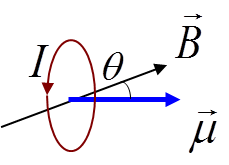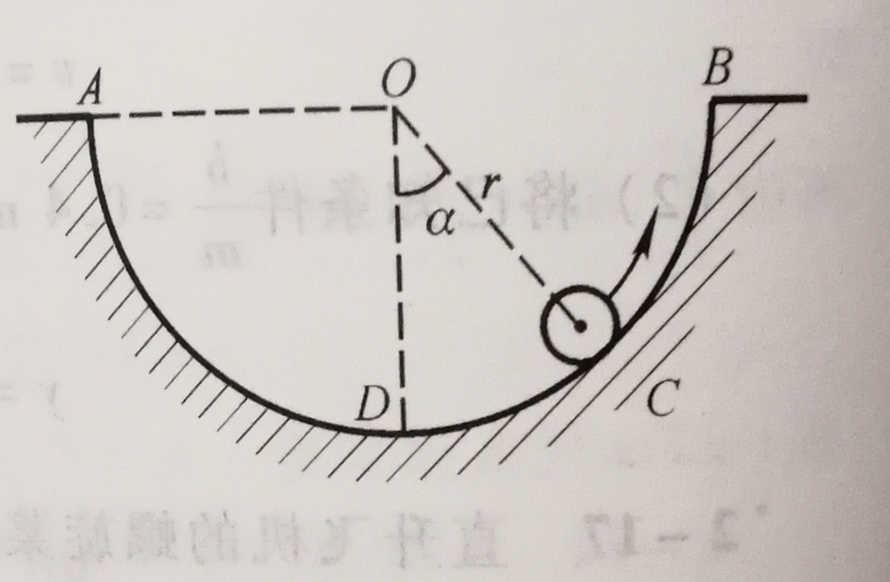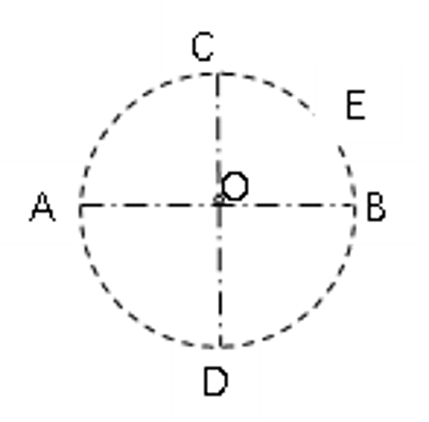The Moon, which has undergone a distinct and complex geological history, presents a st
The Moon, which has undergone a distinct and complex geological history, presents a
striking appearance. The moon may be divided into two major terrains: the maria (dark
lowlands) and the terrace(bright highlands). The contrast in the reflectivity (the capability
of reflecting light) of these two terrains suggested to many early observers that the two
(5) terrains might have different compositions, and this supposition was confirmed by missions to
the Moon such as Surveyor and Apollo. One of the most obvious differences
between the terrains is the smoothness of the maria in contrast to the roughness of the
highlands. This roughness is mostly caused by the abundance of craters; the highlands are
completely covered by large craters(greater than 40-50 km in diameter), while the craters
(10) of the maria tend to be much smaller. It is now known that the vast majority of the Moon's
craters were formed by the impact of solid bodies with the lunar surface.
Most of the near side of the Moon was thoroughly mapped and studied from telescopic
pictures years before the age of space exploration. Earth-based telescopes can resolve
objects as small as a few hundred meters on the lunar surface. Close observation of
(15) craters, combined with the way the Moon diffusely reflects sunlight, led to the
understanding that the Moon is covered by a surface layer, or regolith, that overlies the
solid rock of the Moon. Telescopic images permitted the cataloging of a bewildering array
of land forms. Craters were studied for clues to their origin; the large circular maria were
(20) seen. Strange, sinuous features were observed in the maria. Although various land forms
were catalogued, the majority of astronomers' attention was fixed on craters and their
origins.
Astronomers have known for a fairly long time that the shape of craters changes as
they increase in size. Small craters with diameters of less than 10-15 km have relatively
(25) simple shapes. They have rim crests that are elevated above the surrounding terrain,
smooth, bowl-shaped interiors, and depths that are about one-fifth to one-sixth their diameters.
The complexity of shape increases for larger craters.
What does the passage mainly discuss?
A.What astronomers learned from the Surveyor and Apollo space missions
B.Characteristics of the major terrains of the Moon
C.The origin of the Moon's craters
D.Techniques used to catalogue the Moon's land forms
 题目内容
(请给出正确答案)
题目内容
(请给出正确答案)


 如搜索结果不匹配,请
如搜索结果不匹配,请 


 to point
to point along a circular path in a vertical plane. If it moves along path
along a circular path in a vertical plane. If it moves along path , the work done by its gravity force is
, the work done by its gravity force is . If it moves along path
. If it moves along path , the work done by its gravity force is
, the work done by its gravity force is . Then we can get
. Then we can get























